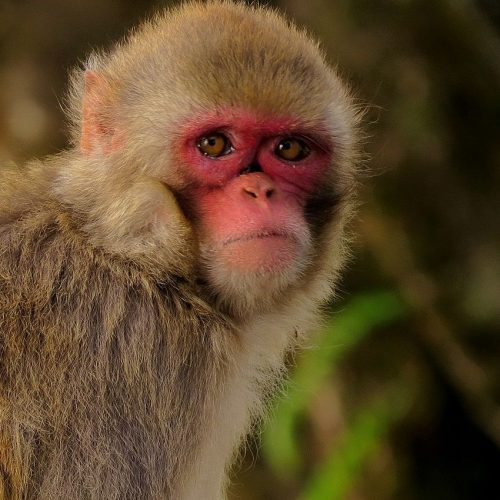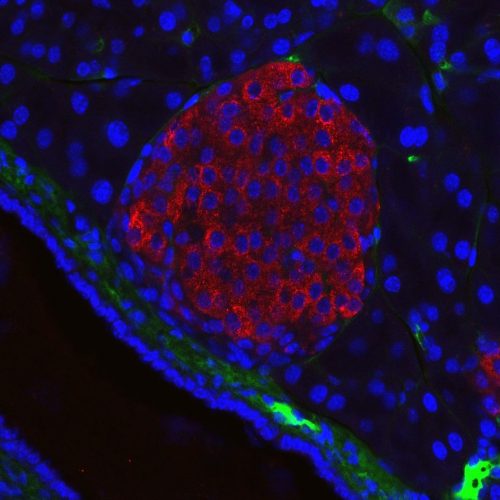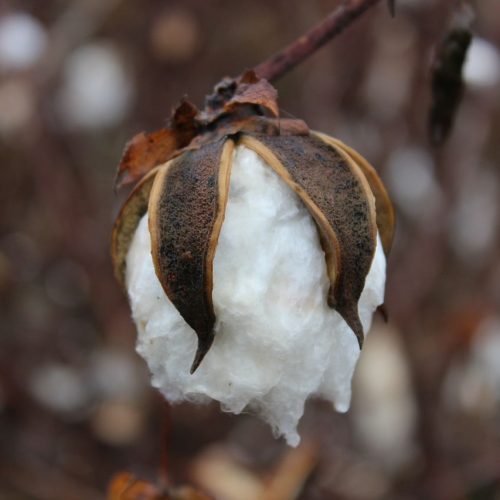At the turn of the decade, a new “scientific” fad diet began to spread across the internet and the nutrition community with claims of tiny particles destroying your body from the inside out. Remarks about how only a diet rich in specific fruits and vegetables and their protective antioxidants would keep you healthy and make you live longer. All in all, as with most fad diets, the larger declarations of fact turned out to be woefully false and, while it is still a smart idea to have a dietary intake high in fruits and vegetables, the science continues to be out on whether such consumption has any meaningful effect on free radicals and cell oxidation.
The statements made about what free radicals and antioxidants do remain correct, but multiple studies have found that people’s diets only have a minimal impact on actual uptake of the latter. Though it should be noted that the micronutrients that act as antioxidants, such as vitamins C and E and beta-carotene, continue to be nutritionally meaningful for other parts of your bodily function. Some have attempted to boost uptake via supplements, but this has resulted in some cases with too much of an antioxidant increase, which is harmful in a myriad of other ways. So, how to increase the amount of antioxidants available in foods to levels that can actually have a beneficial effect, but without having to go to the extremes that supplements do from direct dosage?
Biotechnology, as in most cases, has a solution.
The Color Purple
One of the more common antioxidants focused on in fruits and vegetables are anthocyanins, pigment related molecules that are a part of the flavonoid class, which are themselves known to serve as not just antioxidants, but also a variety of other beneficial functions. The colors commonly caused by anthocyanins are dark blues and purples, which is why most berries, eggplant, and others are known for containing significant amounts of them. The reddish tint of tomatoes are also caused by them and tomatoes have been heavily studied for their anthocyanin production and the biochemical pathway that produces them. Even back in 1994. This is also because the color variation caused by the molecules is one of the more useful options in regards to acting as a marker gene in transgenic research.[1]
A later study in 2003 was able to use activation tagging to isolate a gene that occasionally appeared in tomato mutants and made them purple in color, named Anthocyanin 1 (ANT1). After isolating the gene, transferring it into other tomatoes and tobacco plants confirmed that it was responsible for up-regulation of anthocyanin production and the resulting dark purple coloration. This was helpful in determining which genes in the production pathway were directly responsible for anthocyanin regulation, rather than precursor or side product molecules.[2]
Some of the earliest attempts to induce higher anthocyanin production included using regulator genes from other plant species. In a 2008 study, the Production of Anthocynanin Pigment 1 (PAP1) regulation gene found in the model organism Arabidopsis was transferred into a tomato specimen. The immediate result was a much higher production of anthocyanins in the plant tissues, though it also resulted in a common problem with attempts to utilize anthocyanins as a antioxidant source. While acting as pigments in plant tissues, the majority of anthocyanins produced in most plants congregate in tissues besides the fruiting body, including leaves, stems, roots, and flowers. In order to produce a tomato with any biologically useful amount of anthocyanins, the ability to force the pigment produced into the resulting fruit would need to be enacted.[3]
A study published just two months later was successful in enhancing anthocyanin accumulation in the tomato fruit tissues by utilizing two transcription factors found in snapdragons, resulting in triple the output of anthocyanins in the fruit. This also caused the skin of the fruit to be purple, as expected from the higher concentration of pigment. A preliminary test of the fruit as a part of mouse diets found an implication for longer life span.[4] It should be noted once again, however, that such results have yet to be replicated in human studies.
More recent studies, such as one published in 2013, showed other benefits in the production of anthocyanin-rich tomatoes that applied to the fruits themselves and not just consumers. Higher anthocyanin levels was found to slow down late-stage ripening processes, along with providing a defense against one of the tomato’s biggest postharvest attackers, Botrytis cinerea. This discovery was found to be able to be applied to other fruits and vegetables as well, in order to make them ripen slower and to protect against other pathogens.[5]
Time Will Tell
While it is unlikely that boosted anthocyanin production in tomatoes will ever match up to amounts found in blueberries, one of the highest sources of anthocyanins, tomatoes have still been a focus due to the ubiquity and commonality of usage of them throughout the world in many different cuisines. In the past several years, several different lines of anthocyanin purple tomatoes have been produced, such as the “Indigo Rose” breed developed by Oregon State University (though not through transgenic methods)[6] and the “Black Galaxy” breed created by Israel-based company Technological Seeds DM.[7]
Several lines of transgenic tomatoes remain in production and are not commercially available, which allows a deeper understanding of the changes made to the anthocyanin pathway via different regulator genes. For a developed breed using two transcription factors from snapdragons (Del and Ros1), seven different anthocyanins had increased development, including two previously unknown types. Further research on the biological effects of these anthocyanins may prove to have more direct beneficial effects, but only time will tell.[8]
Whether the potential health benefits and biologic uptake of antioxidants will prove successful is hard to determine at this point, but it can be clearly seen that enhancing the amount of antioxidants in one’s diet, without the use of supplement extremes, is likely beneficial. Cementing the usefulness of a staple food source like tomatoes is also of asset regardless. The enrichment of human health, even if incrementally, will always remain a goal of scientific progress and it is through the layering of cumulative benefits that overall lifespan progress is achieved.
References
- Yoder JI, Belzile F, Tong Y, Goldsbrough A. 1994. Visual markers for tomato derived from the anthocyanin biosynthetic pathway. Euphytica [accessed 2016 May 11]; 79:163–167. http://link.springer.com/article/10.1007%2FBF00022514
- Mathews H, Clendennen SK, Caldwell CG, Liu XL, Connors K, Matheis N, Schuster DK, Menasco DJ, Wagoner W, Lightner J, et al. 2003. Activation Tagging in Tomato Identifies a Transcriptional Regulator of Anthocyanin Biosynthesis, Modification, and Transport. The Plant Cell [accessed 2016 May 11]; 15:1689–1703. http://www.plantcell.org/content/15/8/1689.full
- Zuluaga DL, Gonzali S, Loreti E, Pucciariello C, Degl’Innocenti E, Guidi L, Alpi A, Perata P. 2008. Arabidopsis thaliana MYB75/PAP1 transcription factor induces anthocyanin production in transgenic tomato plants. Functional Plant Biology [accessed 2016 May 11]; 35:606–618. http://www.publish.csiro.au/paper/FP08021.htm
- Butelli E, Titta L, Giorgio M, Mock H-P, Matros A, Peterek S, Schijlen EG, Hall RD, Bovy AG, Luo J, et al. 2008. Enrichment of tomato fruit with health-promoting anthocyanins by expression of select transcription factors. Nature Biotechnology [accessed 2016 May 11]; :1301–1308. http://www.nature.com/nbt/journal/v26/n11/full/nbt.1506.html
- Zhang Y, Butelli E, Stefano RD, Schoonbeek H-J, Magusin A, Pagliarani C, Wellner N, Hill L, Orzaez D, Granell A, et al. 2013. Anthocyanins Double the Shelf Life of Tomatoes by Delaying Overripening and Reducing Susceptibility to Gray Mold. Current Biology [accessed 2016 May 11]; 23:1094–1100. http://www.ncbi.nlm.nih.gov/pmc/articles/PMC3688073/
- Department of Horticulture. 2012. The Purple Tomato FAQ. Oregon State University; [accessed 2016 May 11]. http://horticulture.oregonstate.edu/purple_tomato_faq
- Klimas L. 2012 Jan 30. Would You Give a Black or Purple Tomato a Try? The Blaze. [accessed 2016 May 11]. http://www.theblaze.com/stories/2012/01/30/would-you-give-a-black-or-purple-tomato-a-try/
- Su X, Xu J, Rhodes D, Shen Y, Song W, Katz B, Tomich J, Wang W. 2016. Identification and quantification of anthocyanins in transgenic purple tomato. Food Chemistry [accessed 2016 May 11]; 202:184–188. http://www.sciencedirect.com/science/article/pii/S0308814616301273
Written by: Sterling Ericsson
Word Count: 1,035
Type: News Bite





